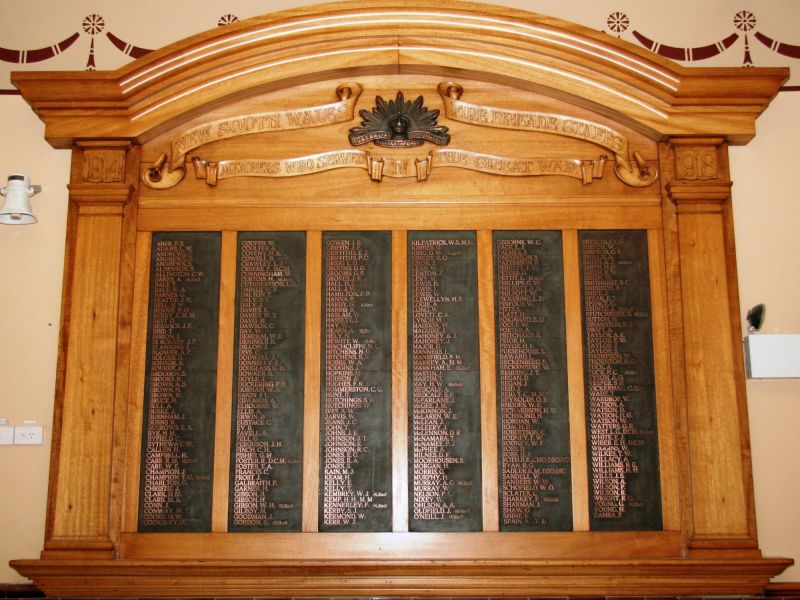745 & 338 SGT William Hoskin Gibson
William Hosken Gibson was born on the 8th April 1879 at Leighton, Essex, England
Gibson joined the Metropolitan Fire Brigade on 9th December 1907 and rose to the rank of First Class Fireman. His stated previous occupation was Sailmaker / Seaman
Gibson served at:
- No 1 Station Headquarters
- No 49 Station Rozelle
On the 9th Dec 1912, Gibson received his First Good Service Badge.
He was appointed to the Hose Department and attached to the Mechanical Department on 31st March 1914.
The final entry on his NSWFB Personnel Card states “Killed in Action during Great War” (sic)
Living at 10 Holt Street, Surrey Hills, 745 A/Sergeant William Hosken Gibson enlisted on the 13th August 1915 into “C” Company, 4th Tropical Force and proceeded to Rabaul, New Guinea for garrison duty, arriving in Rabaul on the 20th November, 1915.
On the 27th May 1916, Gibson proceeded to Australia from Rabaul for transfer to the AIF, disembarking in Australia on the 29th May 1916.
Gibson was promoted to SGT in the Tropical Force on the 1st June 1916 and was discharged from the Tropical Force on the 17th July 1916.
Having to relinquish his rank, 338 Private William Hosken Gibson transferred to the AIF on the 18th July 1916 and was posted to the 4th Reinforcements, 14th Company, Australian Machine Gun Corps embarking at Melbourne on the 16th August 1916 on the S.S. Orontes, disembarking at Plymouth on the 2nd October 1916.
After training at the Machine Gun Training Depot at Grantham, England, Gibson sailed to France on the “Princess Henrietta” on the 19th January 1917, landing in France in the midst of an horrifically cold winter. He was taken on strength of the 14th Australian Machine Gun Coy on the 2nd Feb 1917.
Gibson's unit advanced through the Somme Valley as the Germans retreated to the Hindenburg Line.
Gibson was wounded in action while holding the line in Sunray Trench, opposite Le Transloy, France. He suffered a shrapnel wound, right ear and head, on the 11th March 1917.
William Hosken Gibson died the same day at the 45th Casualty Clearing Station, France, and was buried the next day at the Dernancourt Communal Cemetery Extension.
From interviews conducted by the Red Cross with Gibson’s comrades it is evident that Gibson was well liked by his mates in the company.
A number of Gibson’s friends in Australia inquired with the Military Records Section in late 1917 and early 1918 about Gibson’s whereabouts, as they had not heard from him for some time and were sadly informed of his death.
William Hosken Gibson was awarded the British War Medal and the Victory Medal for service in the Great War.
 NSW Fire Brigades - Contributor Ian Grimwood AFSM
NSW Fire Brigades - Contributor Ian Grimwood AFSM